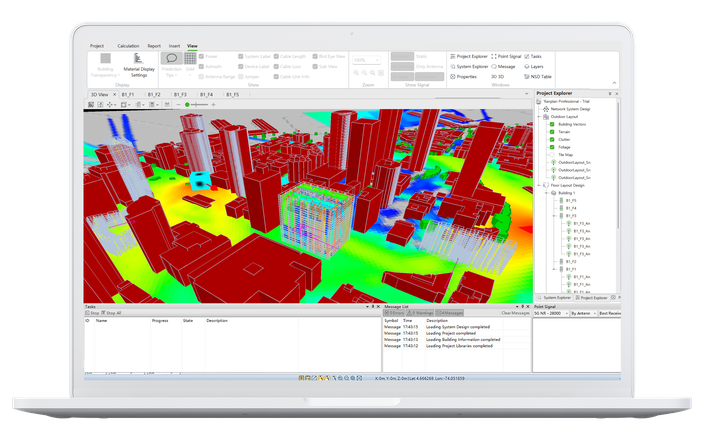The future of 5G networking technology is… 6G
The future of the fifth-generation (5G) upgrade in wireless technology is bright, but so is 6G. The research community is already talking about the sixth generation of wireless technology. It will see the integration of communication and sensing services in the same infrastructure. In this context, the EU-funded INTEGRATE project will explore the theoretical, algorithmic, and architectural foundations of integrated communication and sensing networks. INTEGRATE will develop reconfigurable holographic surfaces capable of supporting joint communication and sensing tasks for integration in wireless transceivers with minimal cost and energy requirements. It will also build the first open-access software simulation platform for joint communication and sensing networks.




Research objective
As the standardization of 5G wireless networks progresses, the research community has started focusing on what 6G will be. Motivated by the need of ensuring high data rates, while at the same time saving spectrum, a major technology that has been proposed for 6G is the integration of communication and sensing services in the same infrastructure. This enables wireless networks to perceive the surrounding environments, triggering new services and leading to more efficient use of resources. The INTEGRATE project focuses on the theoretical, algorithmic, and architectural foundations of integrated communication and sensing networks, developing the first open-access network-level simulator for joint communication and sensing.

Implementation
To this end, a new implementation of the wireless transceiver is proposed, which leverages the use of reconfigurable holographic surfaces and allows the integration of communication and sensing with remarkable performance while at the same time reducing energy consumption. Specifically, INTEGRATE will:
- Develop reconfigurable holographic surfaces capable of supporting joint communication and sensing tasks and that can be integrated in wireless transceivers with minimal cost and energy requirements.
- Characterize the fundamental performance limits of integrated communication and sensing networks, developing an algorithmic framework and protocol suite to approach these limits.
- Build the first open-access software simulation platform for joint communication and sensing networks.
Research News
-
 Company news, Research News
Company news, Research NewsRanplan Wireless Awarded Research Grant to accelerate transition to a Cloud-native Architecture
-
 Company news, Research News
Company news, Research NewsRanplan awarded €225K EU research project to optimise 5G network slicing
-
 Company news, Research News
Company news, Research NewsRanplan Wireless has been awarded €600k for an EU 5G network slicing research project
-
 Company news, Research News
Company news, Research NewsRanplan Wireless wins £300k contract from UK Government to develop data analytics platform to predict city congestion and power urban smart mobility
Discover how Ranplan Professional can help you achieve accurate network design and significant cost savings
Explore Ranplan Professional